In the vast landscape of art history, many remarkable talents remain underappreciated. These artists broke barriers and enriched the world with their unique visions. Yet, their names are often missing from mainstream narratives. This article aims to shine a light on six such creators. It’s time to give them the recognition they truly deserve.
Hilma af Klint
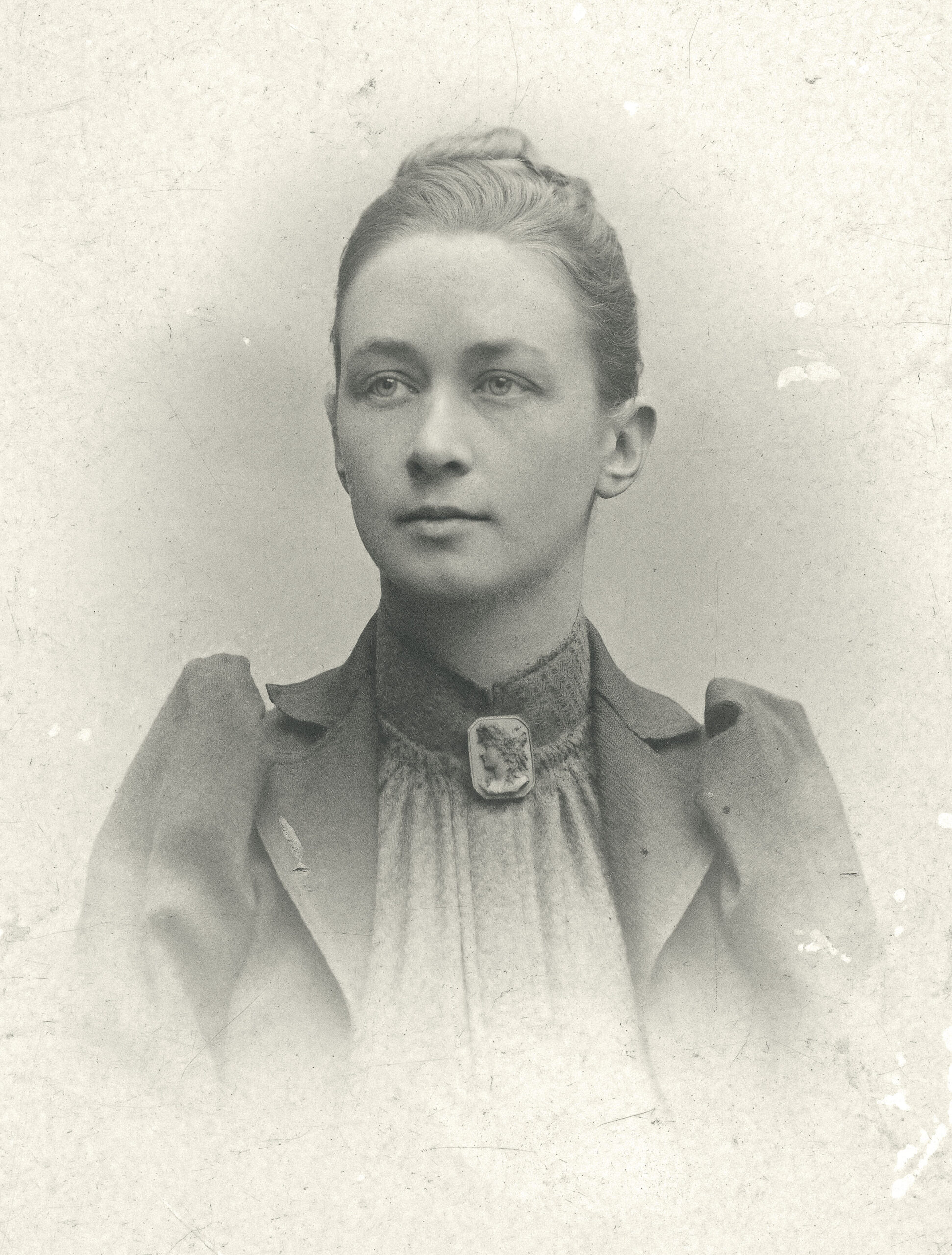
Hilma af Klint was a Swedish artist born in 1862. She is now celebrated as a pioneer of abstract art. Creating non-representational paintings years before her male counterparts, she infused her work with spiritual symbolism. Af Klint believed the world wasn’t ready for her art, so she kept it hidden. Today, her creations challenge the traditional origins of abstract expressionism.
Lee Krasner
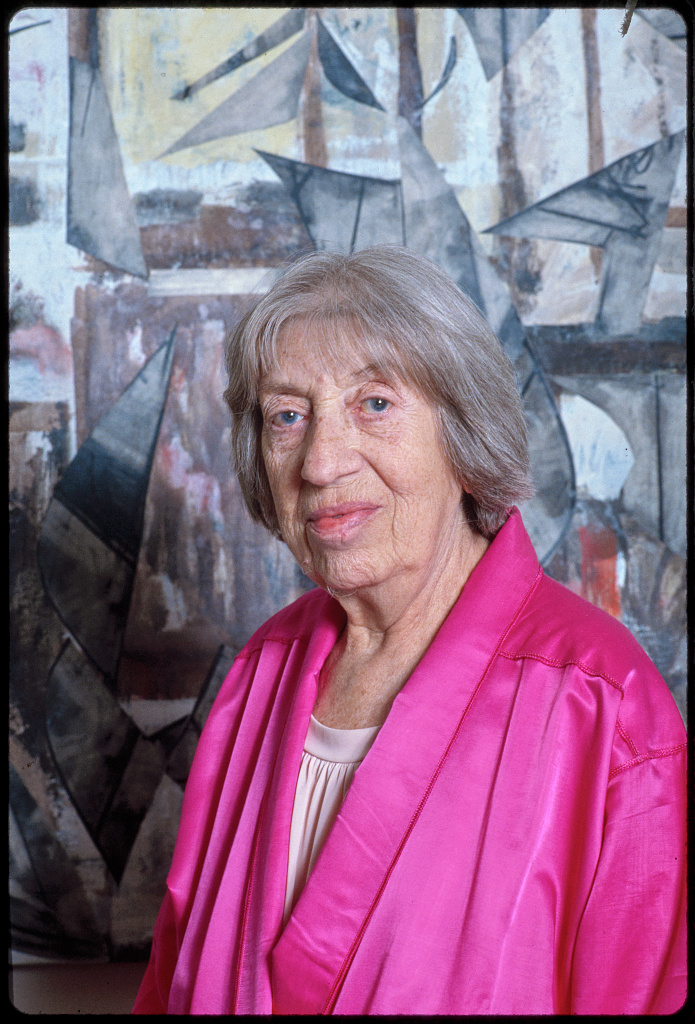
Lee Krasner was an influential American abstract expressionist born in 1908. She constantly reinvented her style, exploring collage, painting, and drawing. Often overshadowed by her husband Jackson Pollock, Krasner’s own work delved deep into themes of nature and psyche. Her dedication to her craft helped shape the New York art scene.
Edmonia Lewis
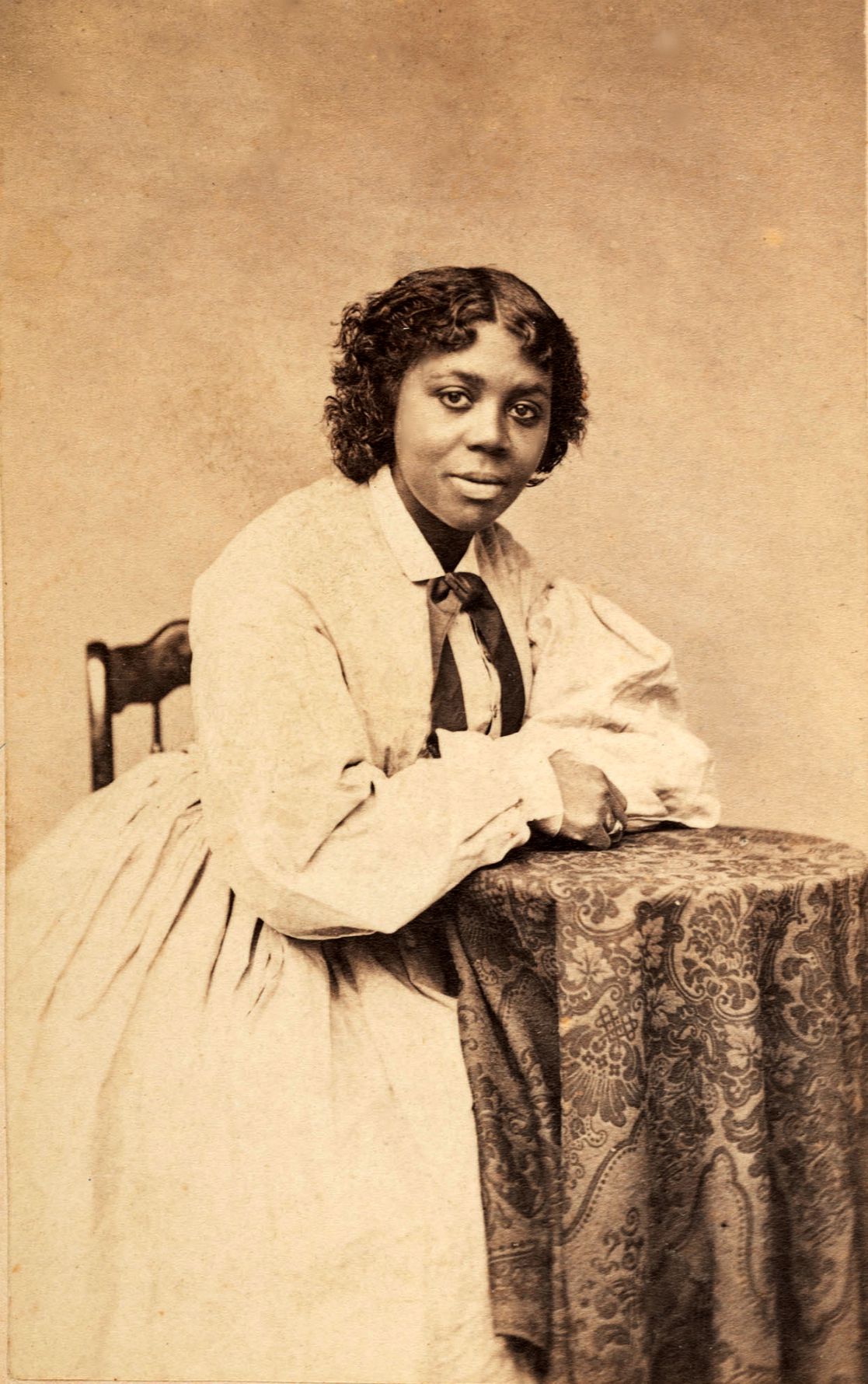
Edmonia Lewis, born in 1844, was the first African-American and Native American sculptor to gain international acclaim. She overcame immense barriers to pursue her passion in Rome. Lewis’s marble sculptures often featured themes from her dual heritage and classical mythology. Her determination and talent paved the way for future generations of artists of color.
Tarsila do Amaral
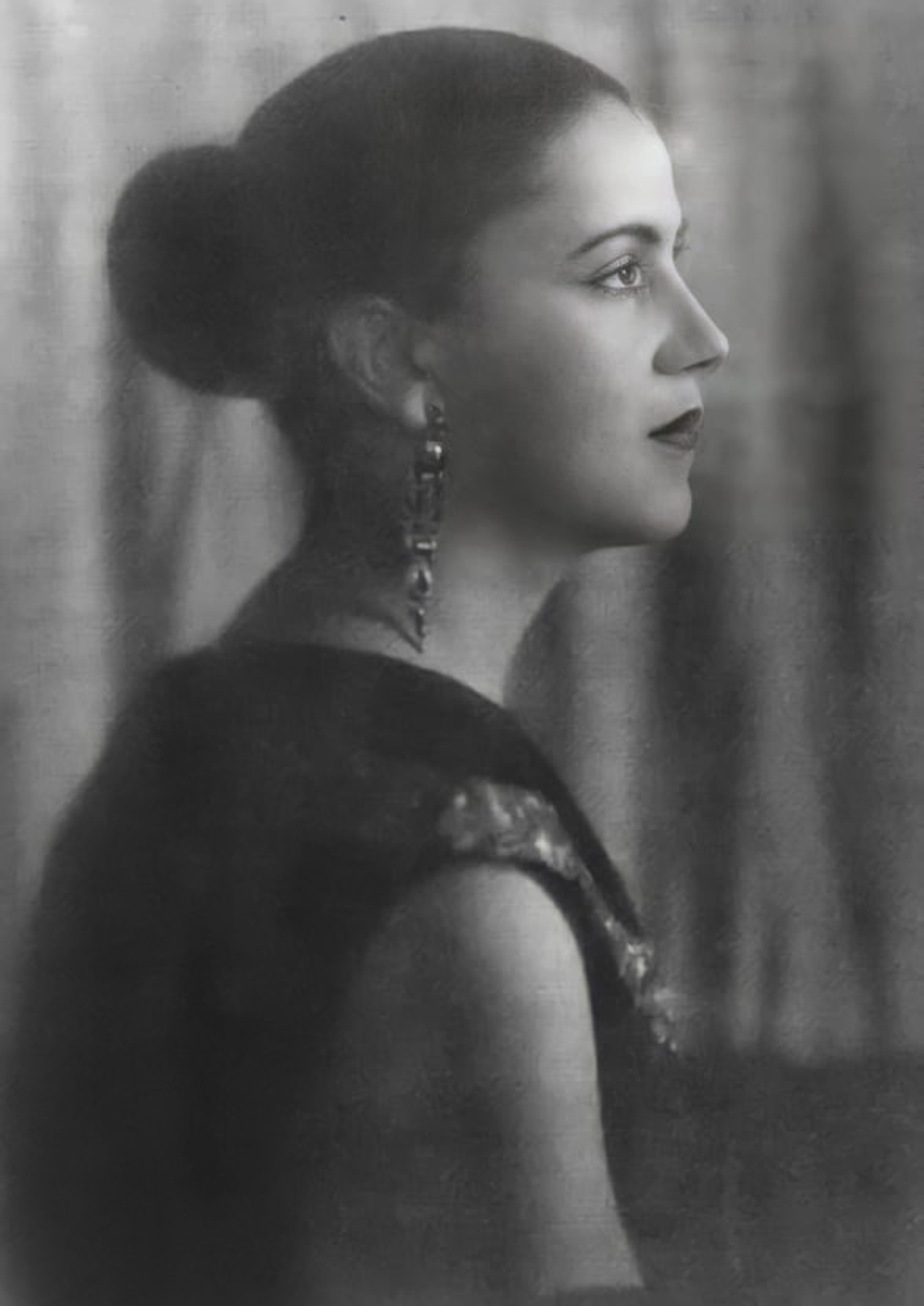
Tarsila do Amaral was a key figure in Brazil’s modernist movement. Born in 1886, she blended European avant-garde styles with Brazilian culture. Her vibrant colors and abstract forms expressed national identity and folklore. “Abaporu,” one of her most famous works, symbolizes her bold artistic vision. Amaral remains an essential yet underappreciated voice in Latin American art.
Claude Cahun
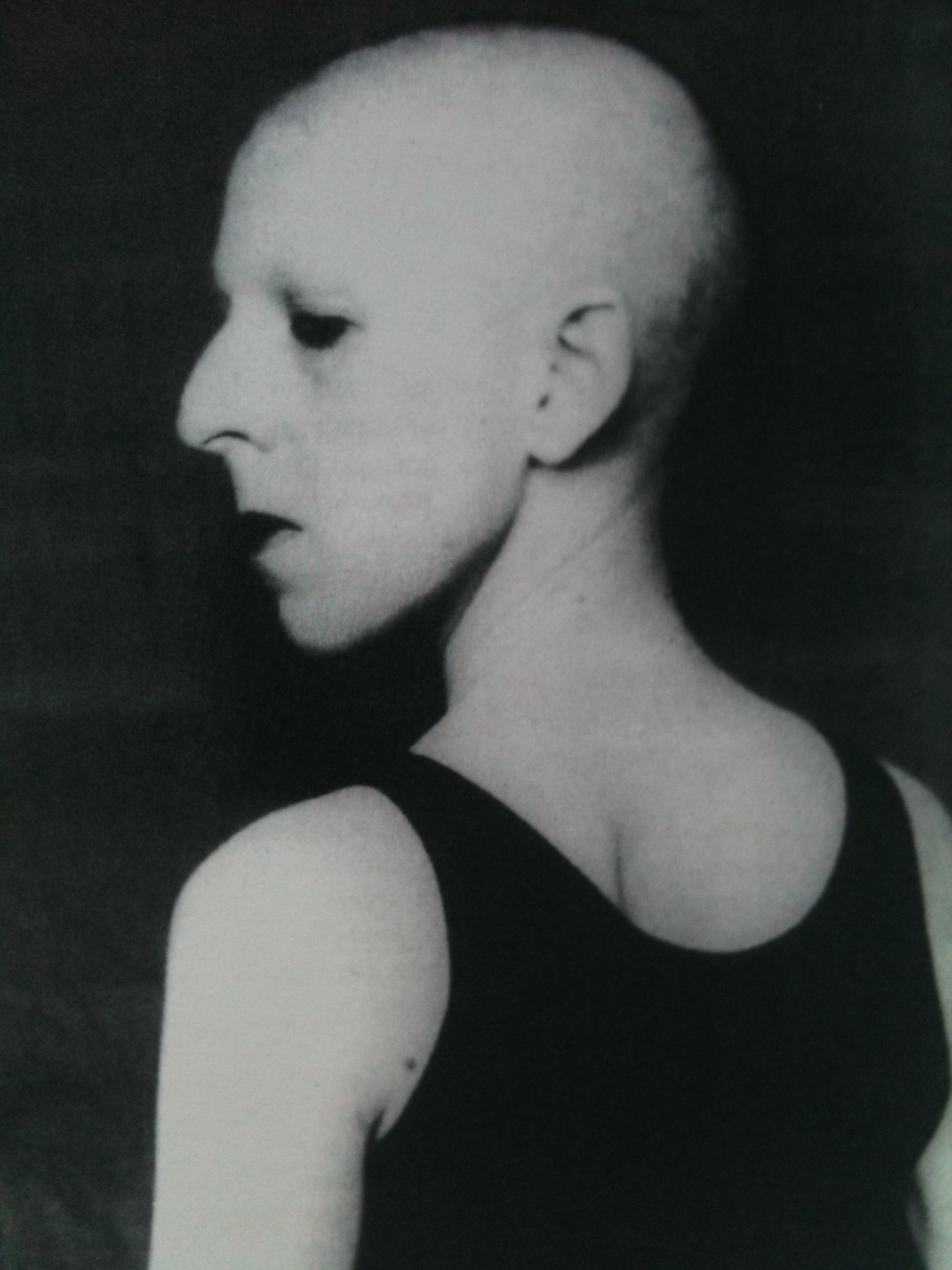
Claude Cahun was a French surrealist photographer and writer born in 1894. Their self-portraits explored identity, gender, and self-expression. Cahun defied societal norms by challenging traditional roles and appearances. Their work, both visually and conceptually, was ahead of its time. Despite this, Cahun’s contributions are still undervalued in the art world.
Lygia Clark
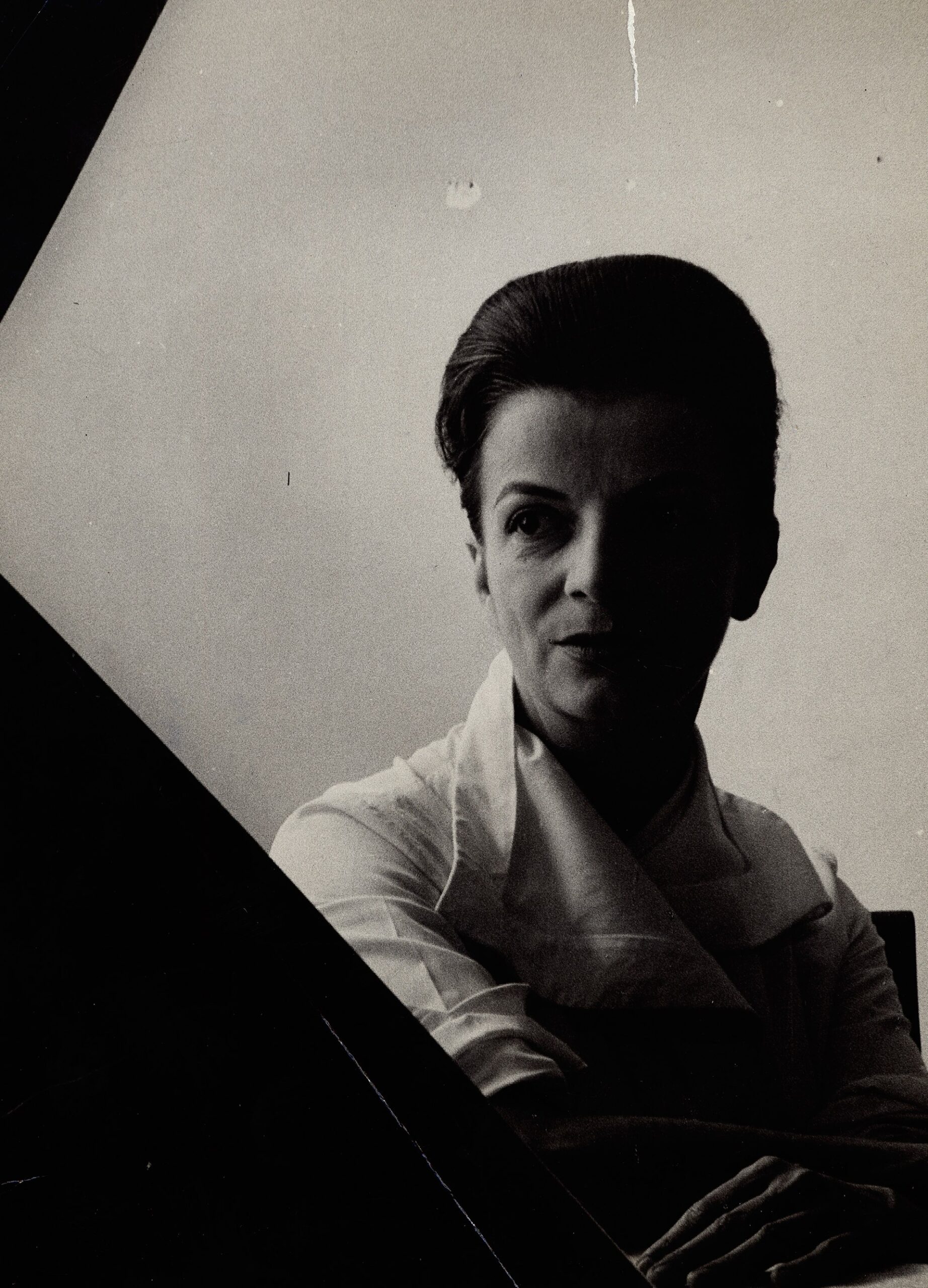
Lygia Clark, born in 1920, was a Brazilian artist who redefined modern art with interactive pieces. Her works went beyond the canvas, inviting the viewer to touch, move, and engage. Clark’s art focused on sensory experiences, merging psychology and creativity. She remains influential in the contemporary art scene but deserves broader recognition.
Beauford Delaney
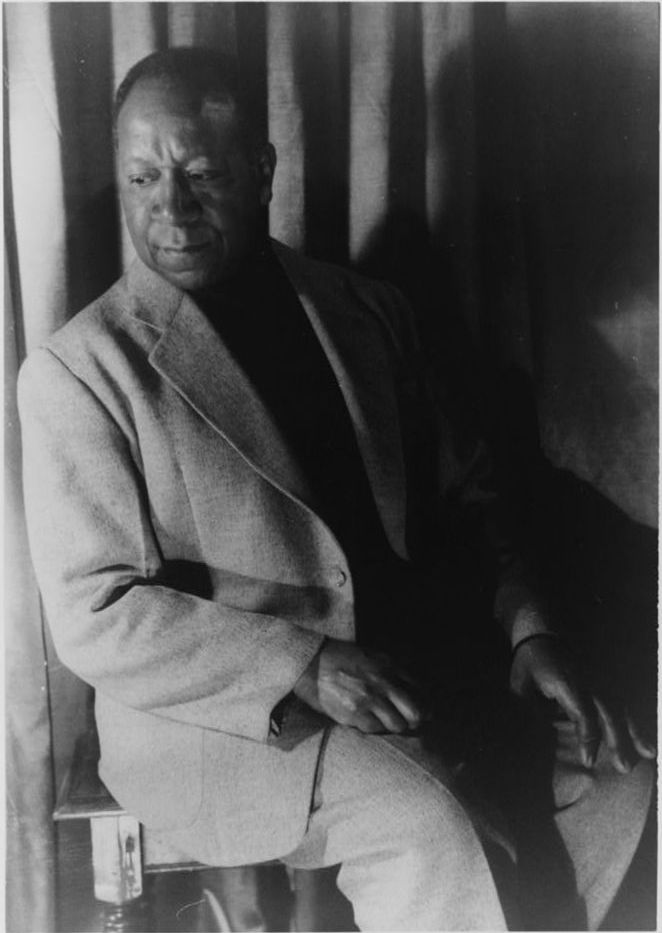
Beauford Delaney, born in 1901, was an African-American painter celebrated for his vibrant use of color. He started with figurative work and later shifted to abstract expressionism. Delaney’s art captured the emotional depth of the human experience. Though admired by peers, he never gained the full recognition his talent warranted.
Amrita Sher-Gil
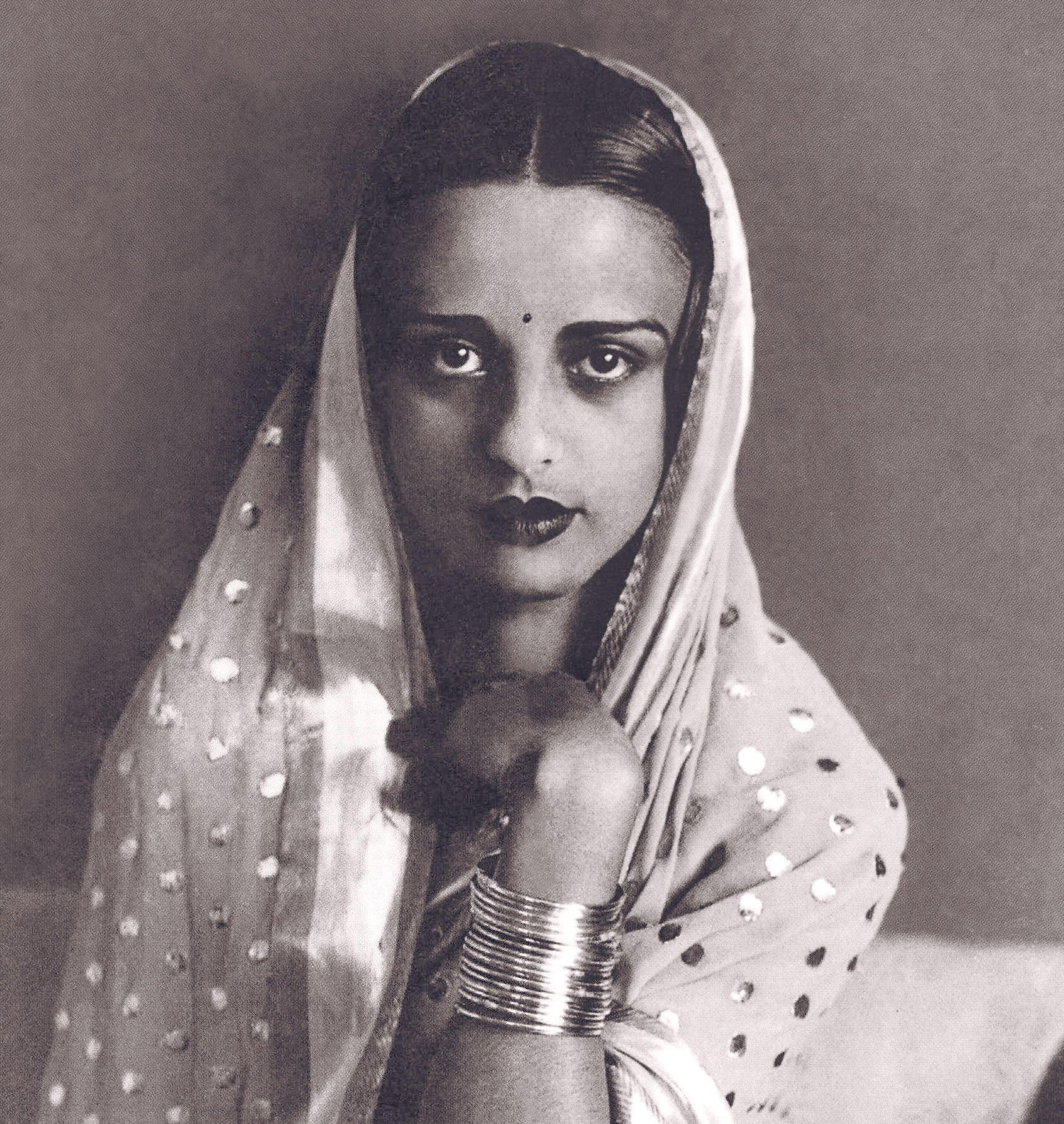
Amrita Sher-Gil was a Hungarian-Indian artist born in 1913. She is often called India’s Frida Kahlo for her bold exploration of Indian culture and identity. Sher-Gil’s paintings combined Western techniques with Indian themes, creating a unique fusion of styles. Her work, rich in color and emotion, focused on everyday people, particularly women. Though she passed away at just 28, her influence on modern Indian art is profound.
Augusta Savage
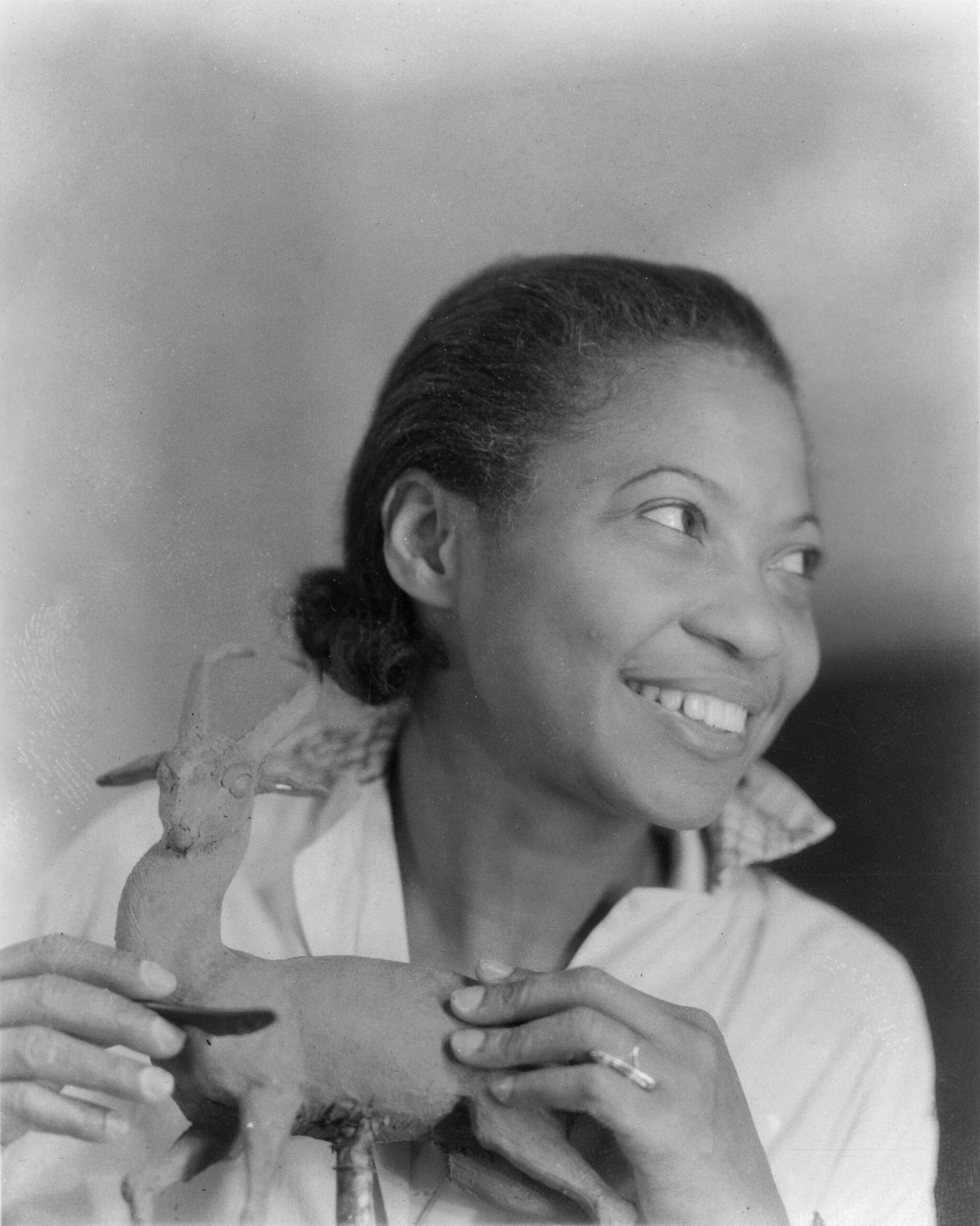
Augusta Savage was a trailblazing African-American sculptor born in 1892. She used her art to capture the beauty and dignity of Black life. Savage was a key figure during the Harlem Renaissance, both as an artist and a teacher. Despite facing racial and gender barriers, she opened a school for young Black artists. Her most famous work, “The Harp,” was a monumental sculpture for the 1939 World’s Fair, yet many of her works were destroyed after the event.
Sophie Taeuber-Arp
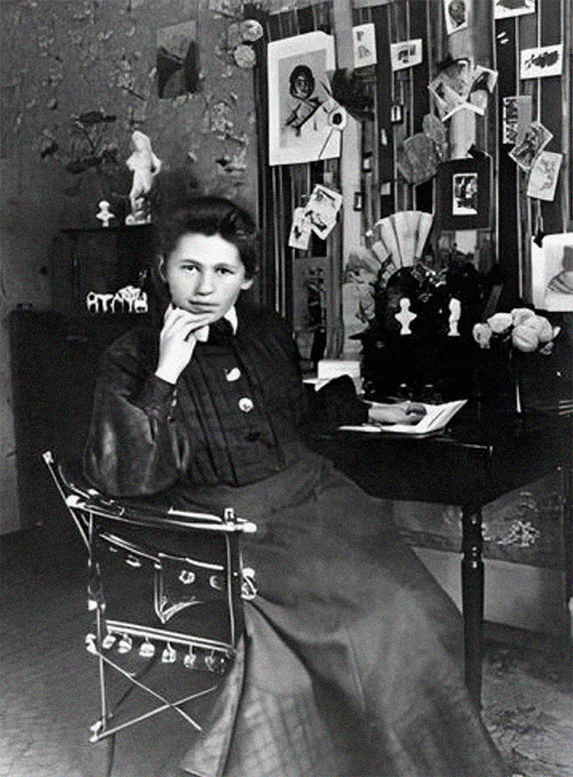
Sophie Taeuber-Arp, born in 1889, was a Swiss artist and designer who contributed to the Dada movement. She worked across multiple mediums, including textiles, sculpture, and painting. Taeuber-Arp’s geometric abstraction and playful use of color set her apart from her peers. She explored the boundary between fine art and craft, challenging traditional hierarchies. Despite her innovative work, she is often overshadowed by her male counterparts.
Toyen (Marie Čermínová)
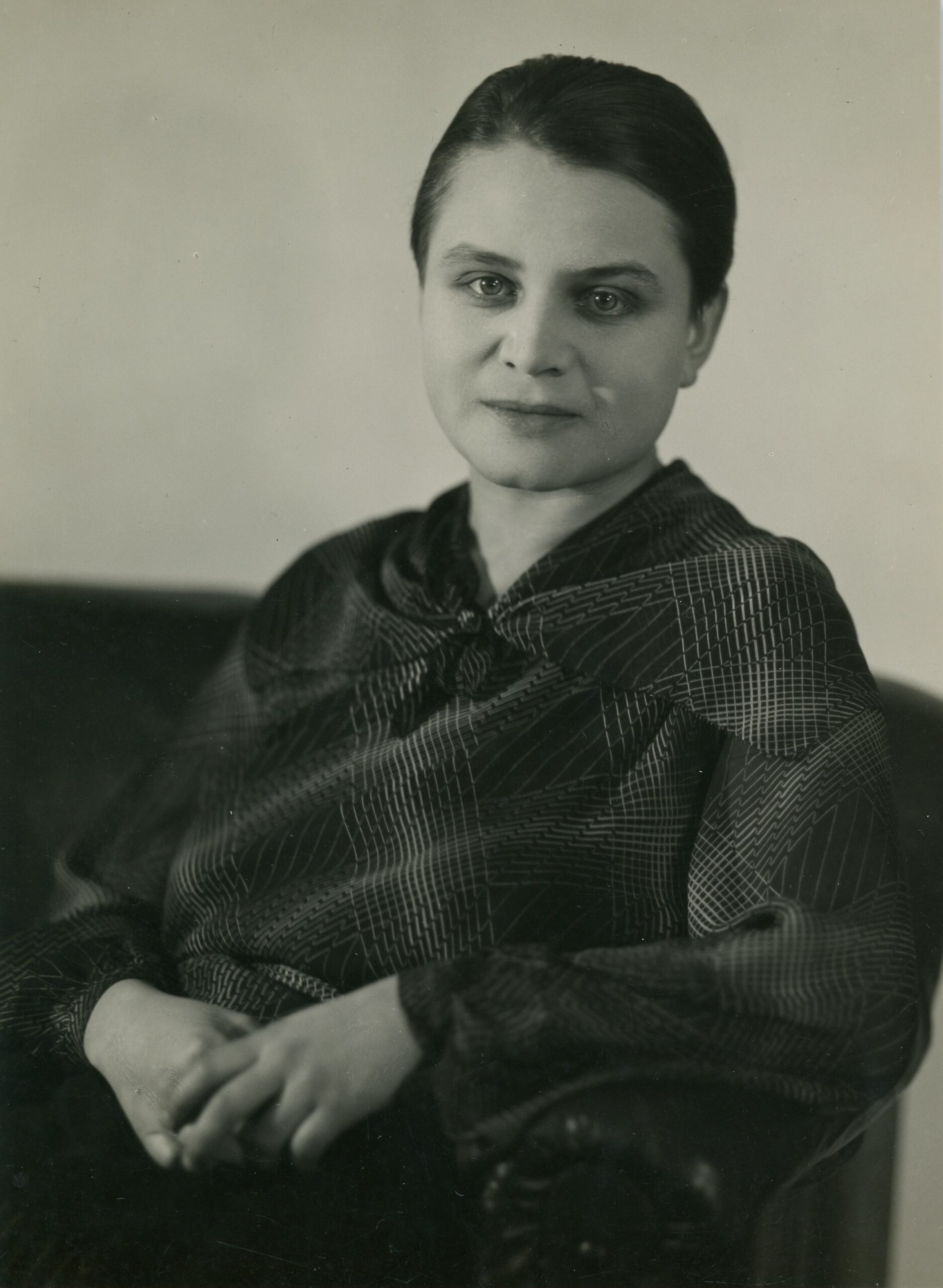
Toyen, born Marie Čermínová in 1902, was a Czech surrealist painter and illustrator. She was a founding member of the Czech Surrealist Group. Her work often explored themes of eroticism, gender, and the subconscious mind. Toyen’s art defied conventions, both in style and subject matter. She pushed the boundaries of surrealism and is known for her dreamlike, haunting imagery. Her influence on European modern art remains strong, yet she is not widely known.
Alma Thomas
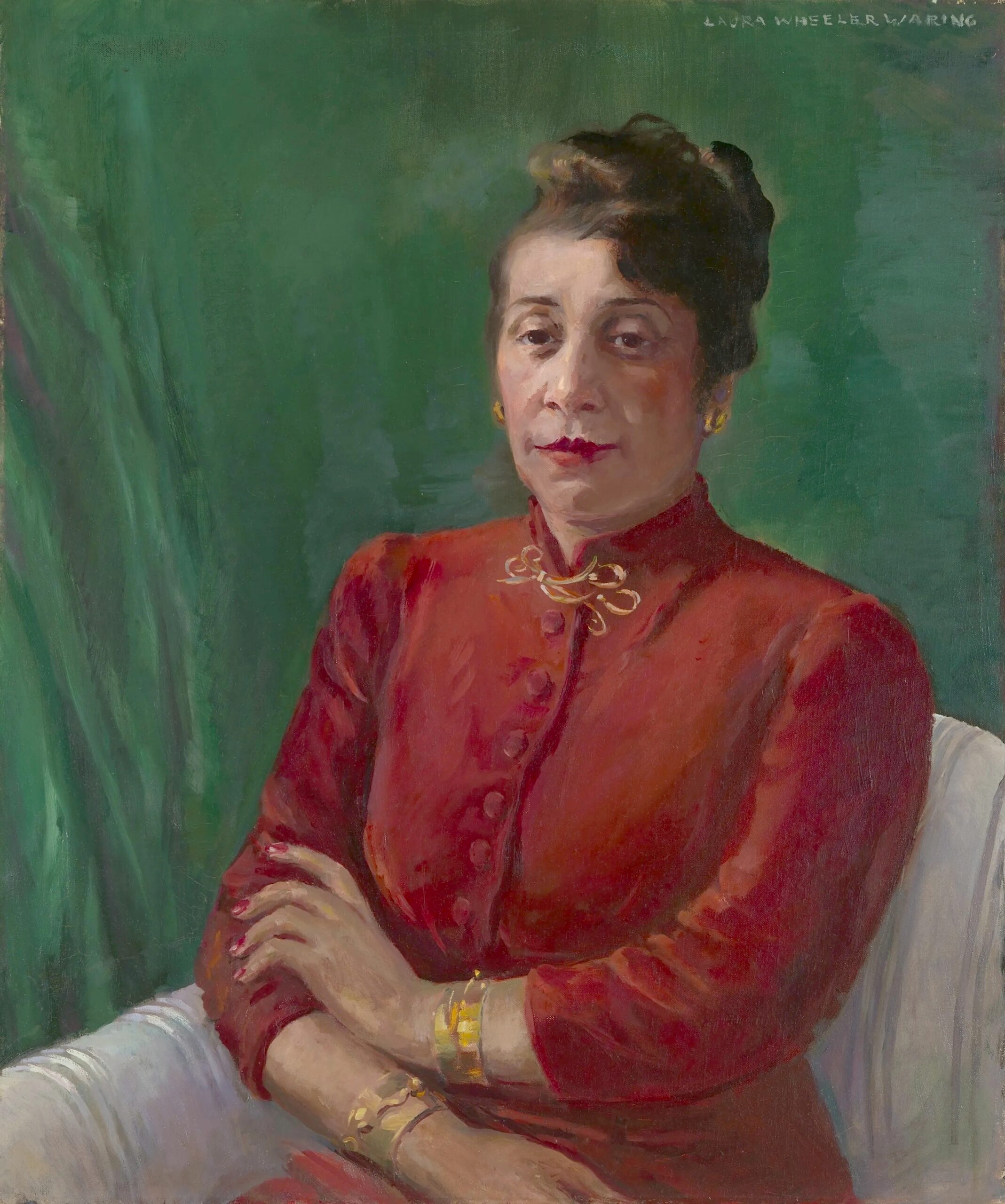
Alma Thomas, born in 1891, was an African-American painter known for her vibrant abstract work. She started her art career late in life, after retiring as a teacher. Thomas’s paintings are filled with rhythmic patterns and bold, colorful shapes. Her art often drew inspiration from nature and her experiences. Thomas became the first African-American woman to have a solo exhibition at the Whitney Museum of American Art, yet she remains underrecognized in mainstream art history.
Norma Merrick Sklarek
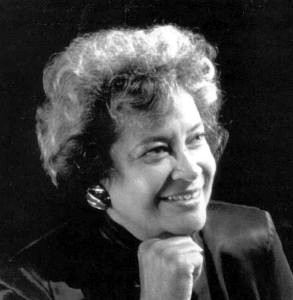
Norma Merrick Sklarek was an African-American architect born in 1926. She broke barriers as one of the first Black women to earn an architecture license in the U.S. Sklarek played a key role in designing notable structures like the Pacific Design Center in Los Angeles and the U.S. Embassy in Tokyo. Her architectural contributions are often overshadowed, yet her influence in shaping modern architecture is significant.
This article originally appeared on Rarest.org.
More from Rarest.org
22 Rare Marine Species Found in the Deepest Ocean Trenches

The deepest parts of the ocean are home to some of the most mysterious and fascinating creatures on Earth. Read More.
20 Rarest Chicken Breeds for Egg and Meat Production

If you’re looking to raise chickens that offer both unique qualities and practical benefits, rare breeds can be an excellent choice. Read More.
16 Historic Landmarks Hidden in Unexpected Urban Locations
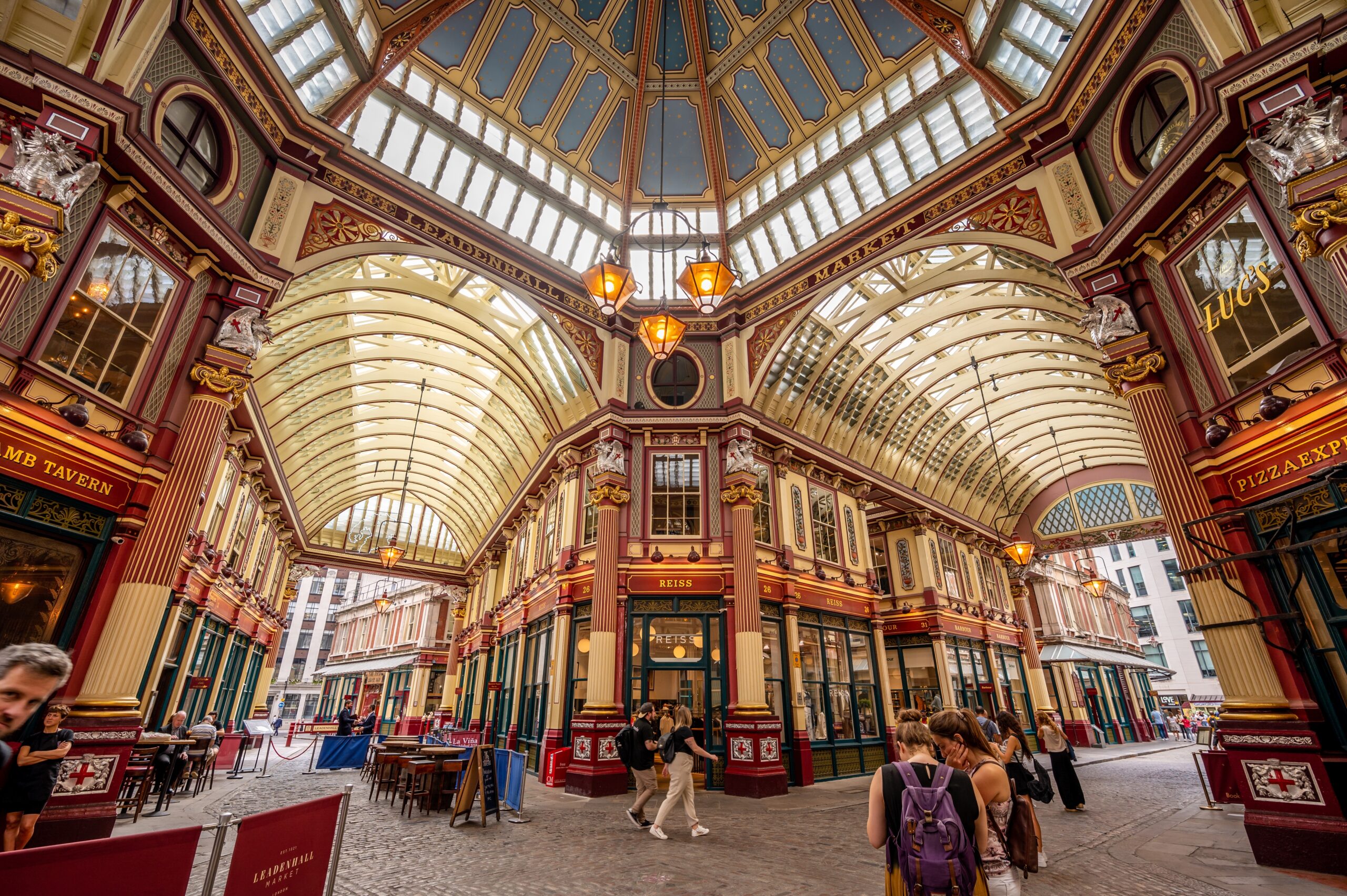
Urban landscapes often hide history in plain sight, blending ancient landmarks with modern settings. Read More.
